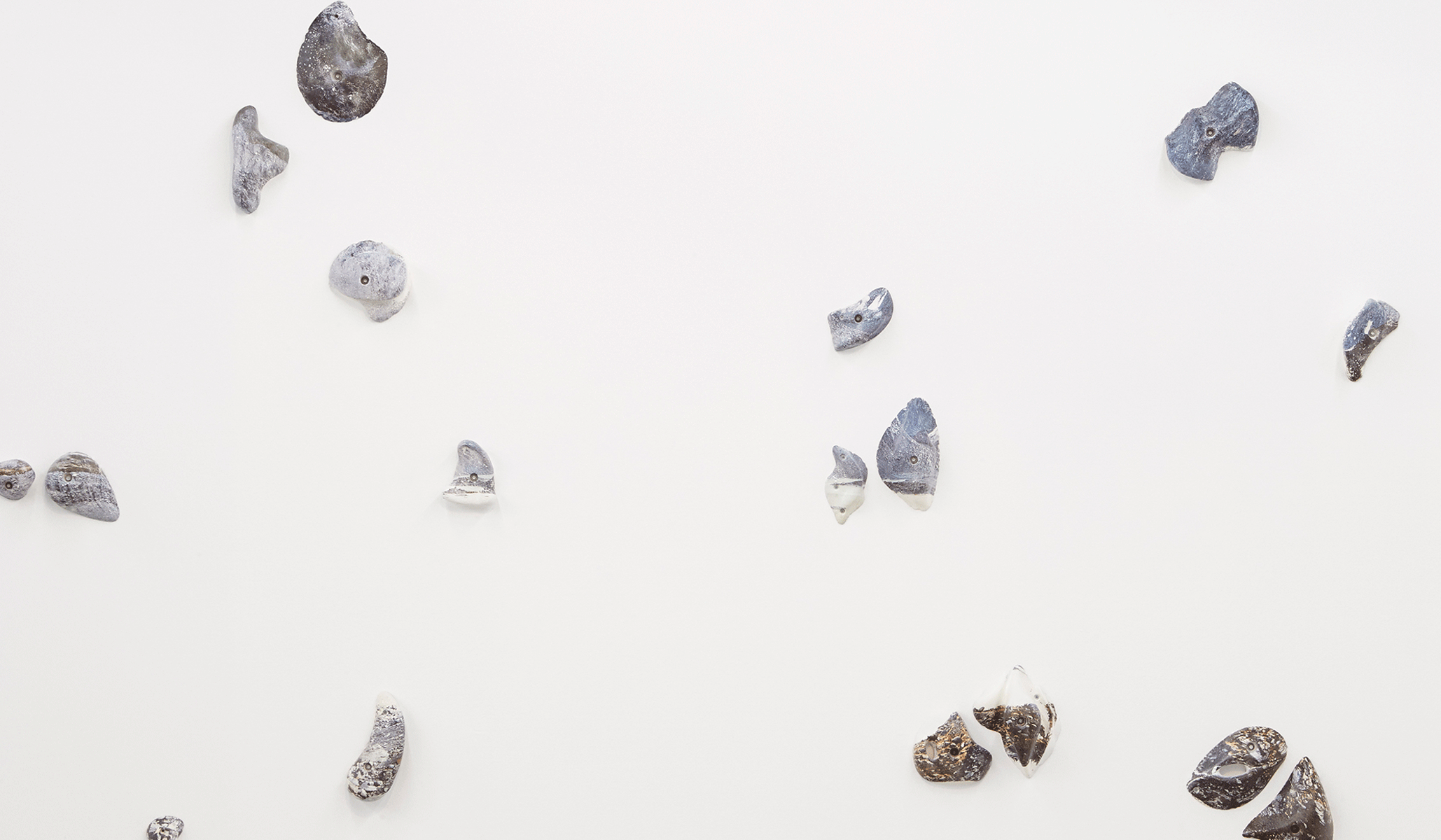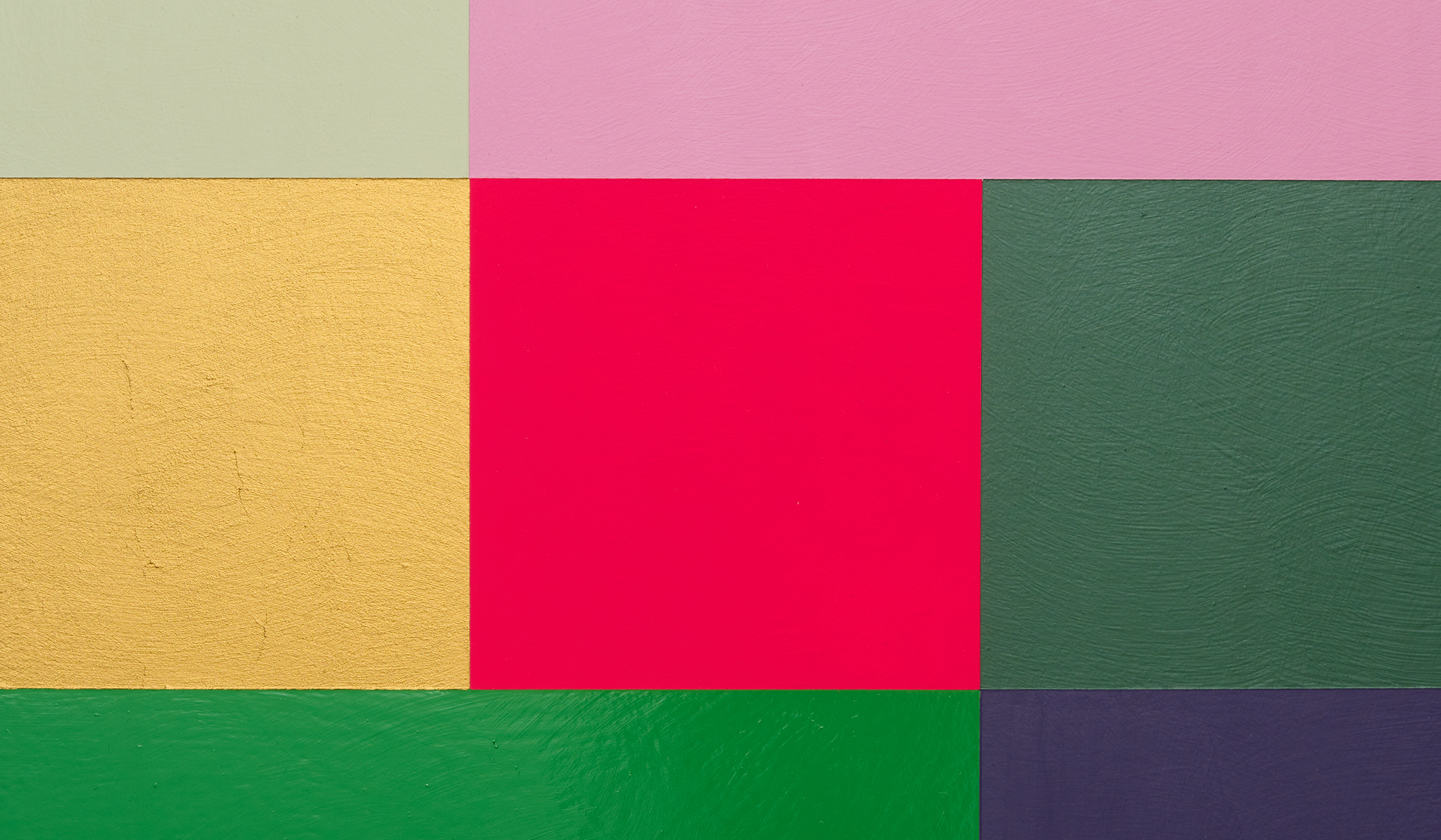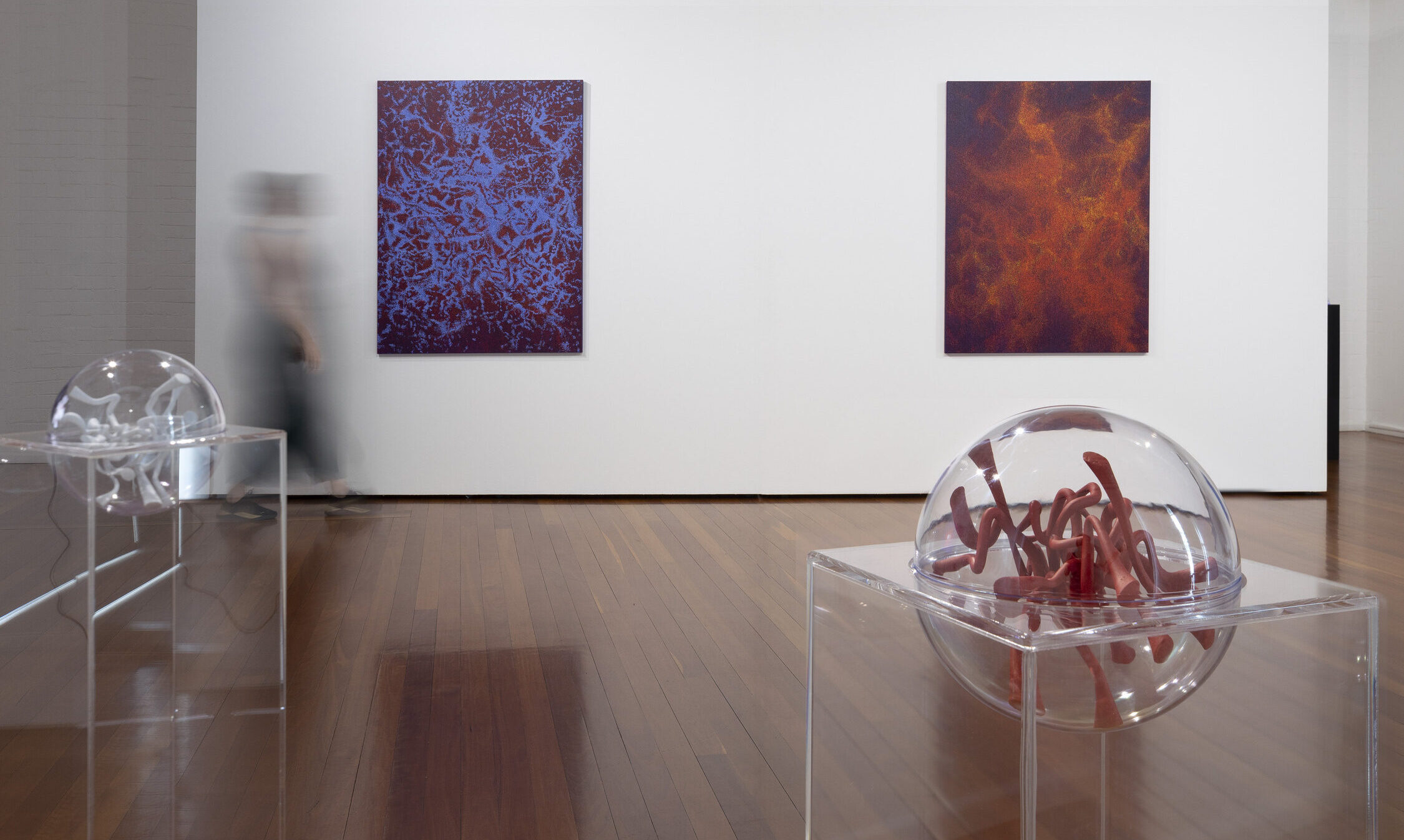Exhibition
“If there are any learnings to take from Kai Wasikowski’s wonderful world of fable, fantasy and fiction, it is that while “happily ever after” may only exist in the imagination, sometimes it’s worth remembering the power of fiction in understanding our everyday. After all, magnificent lies are much easier to believe than burning truths.”
Micheal Do
This July, experience Climb, grip, hold and the neoteric work of Kai Wasikowski, whose experimental practice maps our intimate connections with nature, paying homage whilst simultaneously critiquing, sublime and romanticised representations of the natural world. Exploring the threat of impending ecological disaster and the emotional reverberations of our relationship with the environment, Wasikowski’s photographs and installations evoke worlds underpinned by fantasy and (dis)illusion, conjuring up a poignant sense of solastalgia.
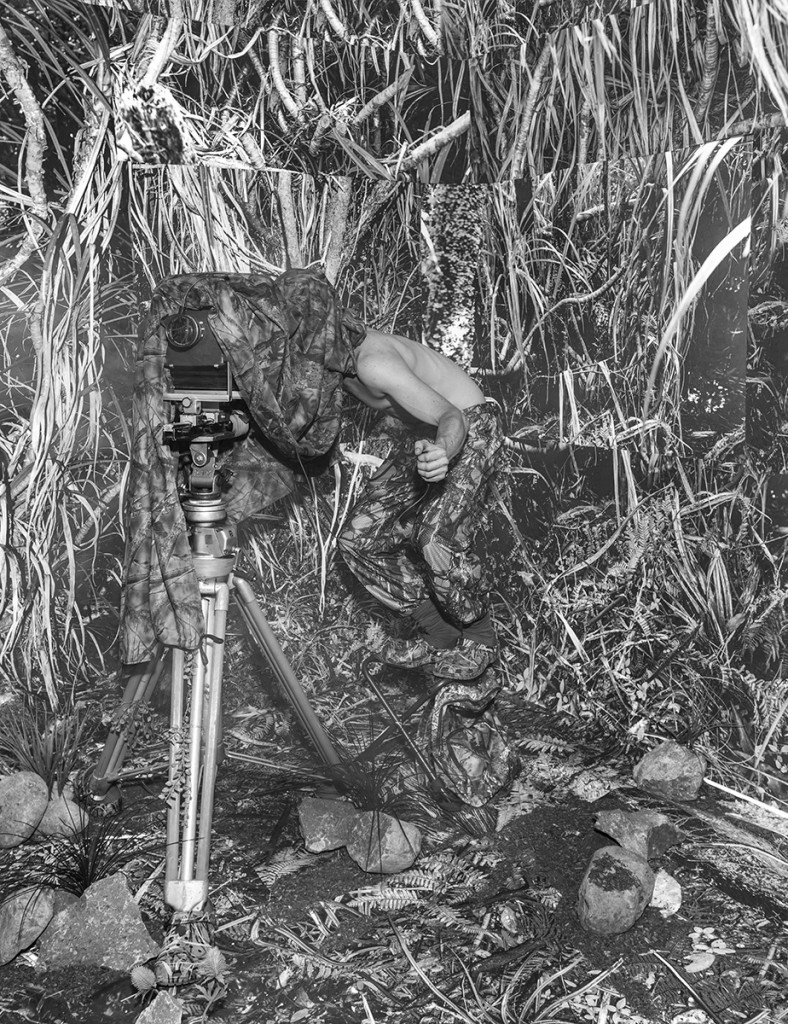
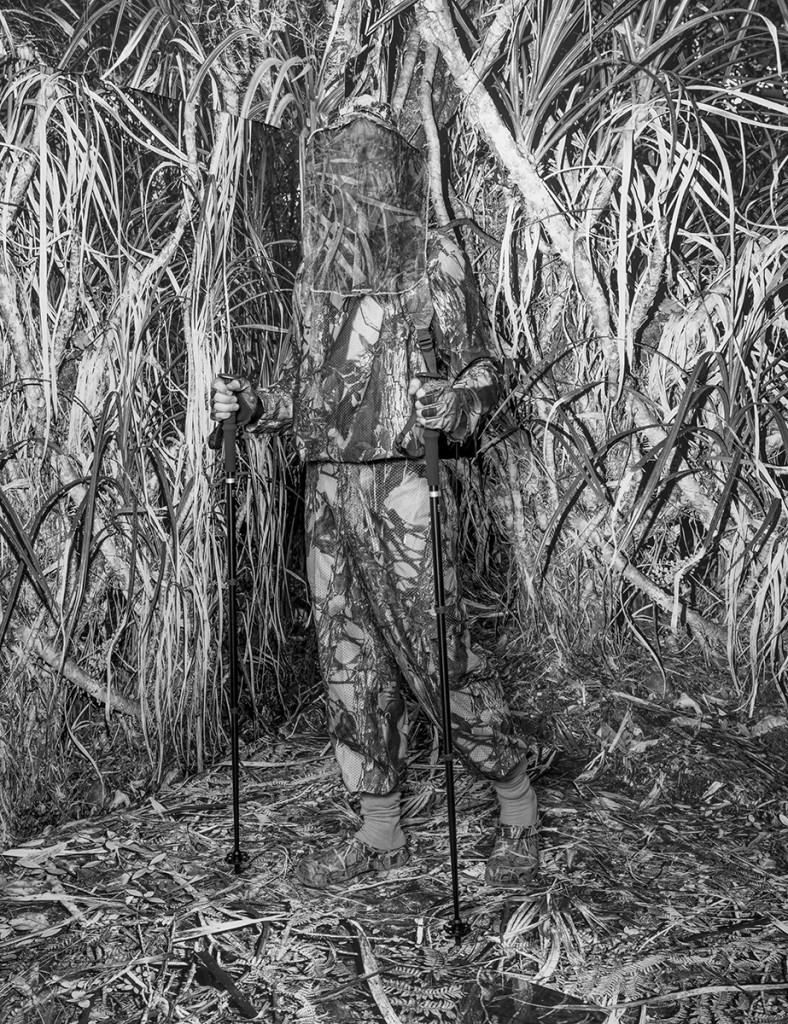
John Muir wrote in his journal “I only went out for a walk, and finally concluded to stay out till sundown, for going out, I found, was really going in.”
From fairytales to fables, the ubiquitous line “and they lived happily ever after” is the gold standard of formulaic fairy tale endings. But ask any child and rarely will you find they believe that the possibility of rose coloured bliss alongside seven dwarves is actually attainable. However, these words when whispered over and over, take the sting out of the narrow limits of our time on this earth. And more importantly, they impart the understanding that if we are to successfully navigate our time in this world, creating satisfying bonds with one another and the world around us is key.
These bonds, to other humans and the world around us, serve as both concern and concept in the work of Kai Wasikowski. Climb, grip, hold, invites you into four distinct, yet connected photographic works that linger in the imagination. Drawing together Wasikowski’s recent research into the environmental heft of Scottish-American naturalist, John Muir (1838–1914), the writing of science-fiction English novelist, J.G. Ballard (1930–2009) and the imagery of Hong Kong born film director, John Woo (1946– ), the artist describes this conjured world as occupying “the push and pull between environments typically deemed natural and unnatural.”
The concept of nature is as fraught with the human psyche as much as it is with actual ecology. It’s simplest definition is an area of natural processes. However, our understandings of nature, wilderness and landscape are very much born from urban life. It’s definition and importance to our existence is determined by our relationship to it: whether we believe that humankind is integral to the natural world, whether humans are simply an awestruck observers to it and to what extent are we guardians of our planet? And of course, these inclinations sit tensely alongside the human impulse to impose order, cultivate and exclude. These are some of the investigations within Wasikowski’s practice.
Wasikowski’s Garden (2019) presents a number of propositions which explore this hinterland between the real, imagined and invented aspects of “nature”. Each constructed scenario takes place against a backdrop of photographs taken in New Zealand’s South Island. Hewn together, these images of native bush are torn and then tacked together on to a wall; the sheets of buckling paper create a purposely-flat and claustrophobic environment in which the action is to take place. Each extends a tradition of a bygone world of great travellers and explorers documenting and to some extent fetishising the natural world. Having grown up in a household of ecological activists, Wasikowski is well read
on the subject. Drawing upon these references, particularly his interest in Muir—colloquially known as the “father of America’s national park”—Wasikowski through artifice and exaggeration has adopted the eco-hero personas so for- mative to his childhood.
In an exercise that is part homage and part critique of romantic nature photography, Garden 1 (2019) features the artist energetically poised in camouflage wear, his naked torso partially cloaked by the veil of his large format camera—the tool of choice of the American National Park Service in the twentieth century. The same lone figure is tramping through this landscape Garden 2 (2019), his face veiled behind the mosquito net of his hat. The third image, Garden 3 (2019) features an infinity loop of the popular Crocs shoe each hydrographically printed with camouflage print. The object rests upon a table covered by a camouflage print tablecloth.
Rife within these scenes are parallels to the work of writer J.G. Ballard. Writing in the twentieth century, Ballard is most known for his atmospheric, visual and endlessly intriguing storytelling that engages with cars, supermarkets, airports and tower blocks. While these exact motifs are not present in Wasikowski’s work, both artists create sites where scientific fact collapse into scientific fiction — Wasikowski instead using camouflage to adorn his eerie world, hinting at the possible earthbound, environmental catastrophes in his pictorial world. In this way, both creators have created a fable for their times: a narrative full of quiet warnings. This is the subtle brilliance of Wasikowski’s work: in amidst these inky landscapes contains references to irony, history, danger and mystery, colluding together at different registers.
Complementing this series is the work Living Room (2019). Reminiscent of a glossy paged advertisement, the image shows an ideal domestic setting, tastefully decorated in designer Danish furniture. Borrowing from Garden (2019), the same camouflaged figures occupy the setting: the artist peacefully using his phone and another figure, grasping onto white rock climbing holds scattered along the wall. Here, Wasikowski transports his viewer into another world— one equal parts fantastical and familiar. This imagery evokes the work of Hong Kong film-maker, John Woo primarily known for his hyperkinetic action films. A voracious consumer of film, Wasikowski regularly looks to cinema for inspiration. Evident here, Wasikowski borrows from Woo’s use of wild extremities in his storytelling.
In an era where the image is so ubiquitous, it is so easy to doubt it’s value. This is the state of photography in an age where the best cameras in the world are arguably the ones integrated into our always-in-arm’s-reach smartphones. Working with and against this, each of Wasikowski’s images seem to encode a wealth of enchanting untold stories. He captures what Walter Benjamin described as the “optical unconscious”. A quality only found through photography. Paradoxically it is comprised of what has escaped from the image: the emotions, memories, persona and political histories that invisibly frame each scene caught with the lens. This is what makes the work of Wasikowski so vital. His complex and nuanced imagery befits our even more complex world.
If there are any learnings to take from Wasikowski’s wonderful world of fable, fantasy and fiction, it is that while “happily ever after” may only exist in the imagination, sometimes it’s worth remembering the power of fiction in understanding our everyday. After all, magnificent lies are much easier to believe than burning truths.
– Micheal Do
Fantasy,
illusion
and the unexpected.
Experience the neoteric work
of Kai Wasikowski.

